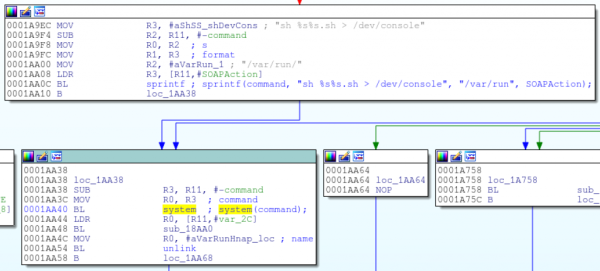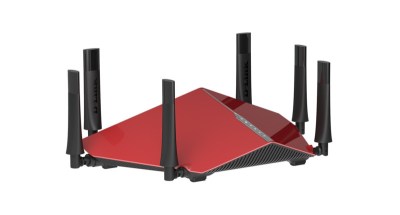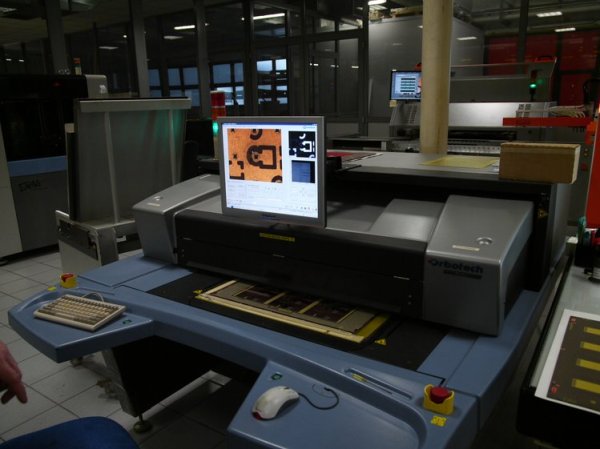If you’ve ever been to a capture the flag hacking competition (CTF), you’ve probably seen some steganography challenges. Steganography is the art of concealing data in plain sight. Tools including secret inks that are only visible under certain light have been used for this purpose in the past. A modern steganography challenge will typically require you to find a “flag” hidden within an image or file.
[Anfractuosus] came up with a method of hiding packets within a stream of network traffic. ‘Timeshifter’ encodes data as delays between packets. Depending on the length of the delay, each packet is interpreted as a one or zero.
To do this, a C program uses libnetfilter_queue to get access to packets. The user sets up a network rule using iptables, which forwards traffic to the Timeshifter program. This is then used to send and receive data.
All the code is provided, and it makes for a good example if you’ve ever wanted to play around with low-level networking on Linux. If you’re interested in steganography, or CTFs in general, check out this great resource.


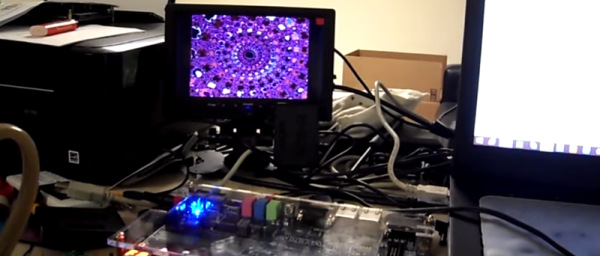
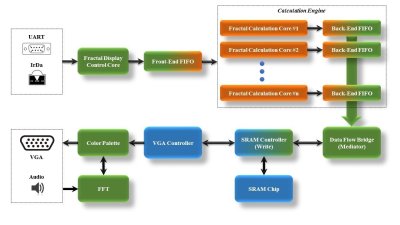 On the FPGA, a custom calculation engine, running at up to 150 MHz, does the math to generate the fractal. A Fast Fourier transform decomposes the audio input into frequencies, which are used to control the colors of the output image.
On the FPGA, a custom calculation engine, running at up to 150 MHz, does the math to generate the fractal. A Fast Fourier transform decomposes the audio input into frequencies, which are used to control the colors of the output image.


